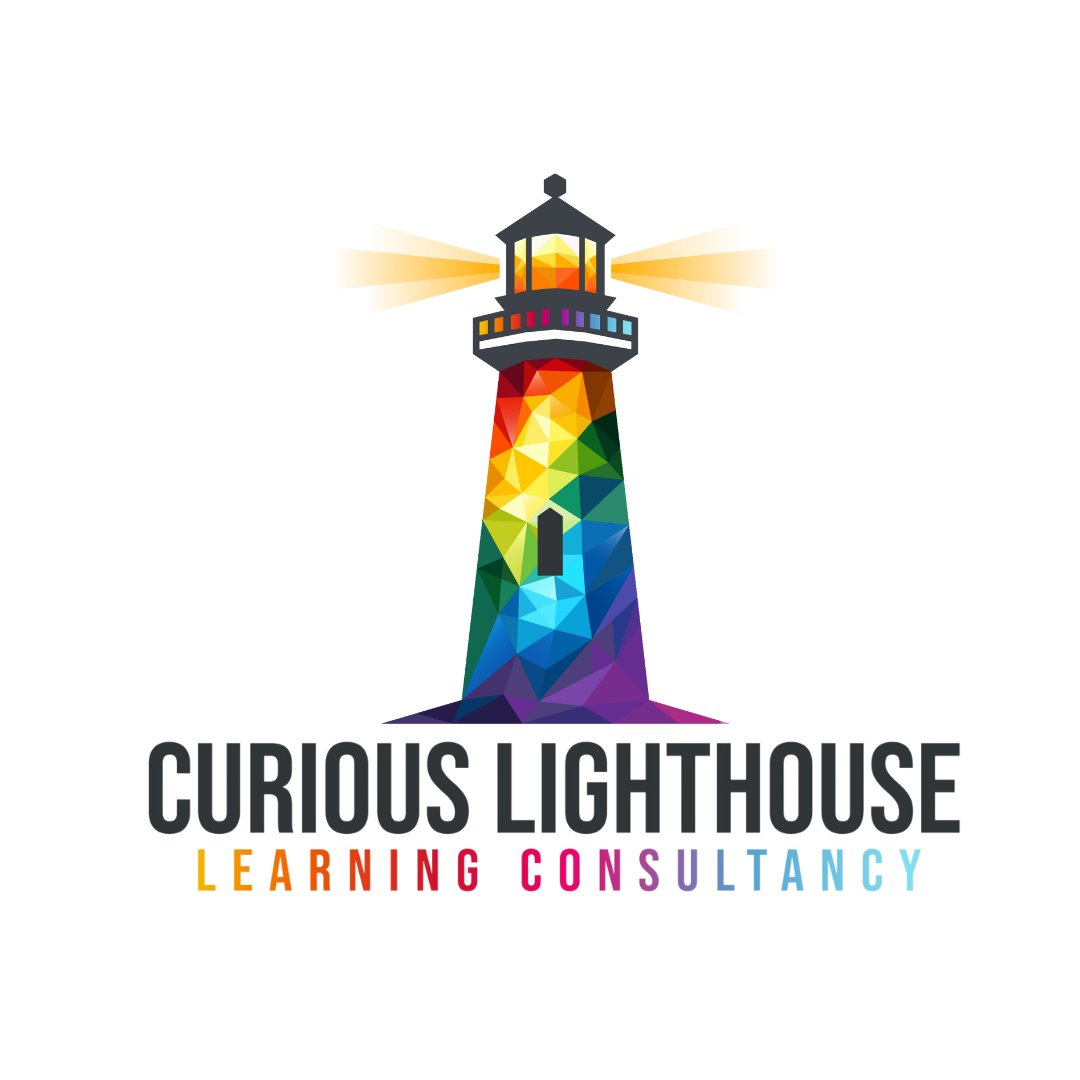|
"Creative learning is what takes place when the process of learning allows for creative exploration of a subject, time to digest knowledge before making a commitment to use it, and a culture of succeed or learn." - Nikie Forster L&D Consultant. Sound simple enough right? Well, yes and no. The trouble is we’re so use to receiving traditional training, where we expect to be given information and then construct action plans at the end of a session, we sometimes switch to autopilot. So, when someone rocks up and encourages us to find out the answers for ourselves… and oh by the way you don’t have to commit to anything at the end of the session, we can sometimes feel duped. What are we paying them for if I have to do all the work? How does Traditional Learning Techniques Differ from Creative Learning Principles? Traditional Learning Techniques
Creative Learning Principles
Why is Creative Learning Important?Ultimately, creative learning creates more independence, confidence and better decision making. As previously mentioned, a traditional approach is top down. ‘I have the correct answer, I will share it with you.’ This is often mirrored outside the training room with some managers coveting the ‘expert’ role. A creative learning approach is more collaborative. ‘I’ll help you explore what the answer could be.’ The more this is done, the more people seek collaboration and try things out for themselves, increasing innovation and self learning. Example of Traditional Training vs Creative LearningPicture the scene. A group have been asked to attend a management development training session. The group is split into two groups, they’ll cover the same topic, but group A’s trainer is a firm believer in traditional learning techniques, while group B’s trainer embraces creative learning principles. The following are just two possible ways these two trainers could approach this session. GETTING TO KNOW YOU Group A (Traditional Training). They kick off with a light icebreaker. The trainer has decided that ‘2 truths and a lie’ would be a good activity as it enables people to get to know each other better before they start the actual topic. Group B (Creative Learning). They kick off with a focused icebreaker. The trainer has decided to combine an activity that gets people to know each other, whilst also focusing in on their knowledge of the topic. The trainer asks the learners to construct a LEGO® Minifigure that represents how they see themselves as a manager, they then discuss what they chose and why. (The trainer makes a note of anything that needs extra attention in the session.) INITIAL TOPIC TRAINING Group A (Traditional Training). Throughout the first part of the session, the trainer is keen to share information and models that will aid the managers to become better in their day-to-day roles. There are PowerPoints, discussions, post-it notes, and role play to bring home the learning. The Trainer leads from the front and offers advice when tricky scenarios crop up. Group B (Creative Learning). Throughout the first part of the session, the trainer is keen to allow the learners to explore the topics by using ‘creative exploration’. They use props and activities to allow learners to discover possible answers. The trainer has prepared some models and stories to help the learners to dig deeper but will only use these if needed. DISCUSSION Group A (Traditional Training). Throughout the session, the trainer feels confident in presenting information to the learners and facilitating discussions by asking probing questions. Group B (Creative Learning). Throughout the session, the trainer feels confident in allowing the learners to explore. They facilitate discussions by allowing the learners to ask questions. CAPTURING LEARNING Group A (Traditional Training). Towards the end of the session, the trainer is keen for the learners to create action points. They believe this will drive transfer of learning back in the workplace. Group B (Creative Learning). Towards the end of the session, the trainer explains that the best ideas on how to use their new learning, may come to them after the session has ended. The trainer asks them to jot down any thoughts they may currently have, and then to review these ideas at a set time frame in the future and add to them. The trainer explains that a follow up session will be available to explore these thoughts further. AND FINALLY… Group A (Traditional Training). The trainer uses the final part of the session to recap on the key take away points and gain some feedback on how the session went. This session is now complete. Group B (Creative Learning). The trainer asks the learners to recap on the session and make a note of anything that would aid them further in this topic. An agreed time frame is set to review the learning and a story or activity is used to bring the session to a thoughtful close. No feedback is solicited at this stage, this will only be done after the review and via an online portal to allow people to create a considered response. Did you spot the differences? Before we go any further it’s important to say that there is nothing wrong with the traditional training outlined here. It’s a solid training session and learners will still go away having acquired some new knowledge. But the group that attended the creative learning session, will have had a much more immersive experience. And, because the session wasn’t closed down by agreeing to action points, they will feel more empowered to continue thinking about the topic and decide for themselves how they will apply their learning (with the help of the review session.) So, How Can You Increase the Creative Learning in Your Sessions?Here’s three ways to start introducing the concept of creative learning into your sessions.
About the Author Nikie Forster is the owner of Curious Lighthouse Learning Consultancy Ltd, focusing on increasing competence and confidence in Managers & Trainers. For over 20 years, Nikie has used elements of creative learning in her training, but it was only in more recent years that she realised that her 3-point creative learning principles could benefit other trainers and facilitators to increase engagement in their own sessions.
One of the many props Nikie uses to aid creative learning is LEGO®. To find out more head to: https://www.curiouslighthouse.co.uk/learning-and-development.html Comments are closed.
|
Categories
All
Nikie ForsterLearning doesn't just happen in a training session. It happens all around us! Follow my ramblings and continue to see the world in a different light! Archives
July 2024
|
Developing the people, who develop your people
|
Throughout this website you will see reference to using LEGO® bricks. The LEGO Group does not sponsor, authorise or endorse Curious Lighthouse Learning Consultancy Ltd.
©2024 The LEGO Group – LEGO® SERIOUS PLAY®, the Minifigure and the Brick and Knob configurations are trademarks of the LEGO Group. Any activity using the LEGO® SERIOUS PLAY® approach, method and materials build on the LEGO® SERIOUS PLAY® Open-source guidelines made available by the LEGO Group under a Creative Commons licence. |
Copyright © 2015-2024 Curious Lighthouse Learning Consultancy Limited. ALL RIGHTS RESERVED |
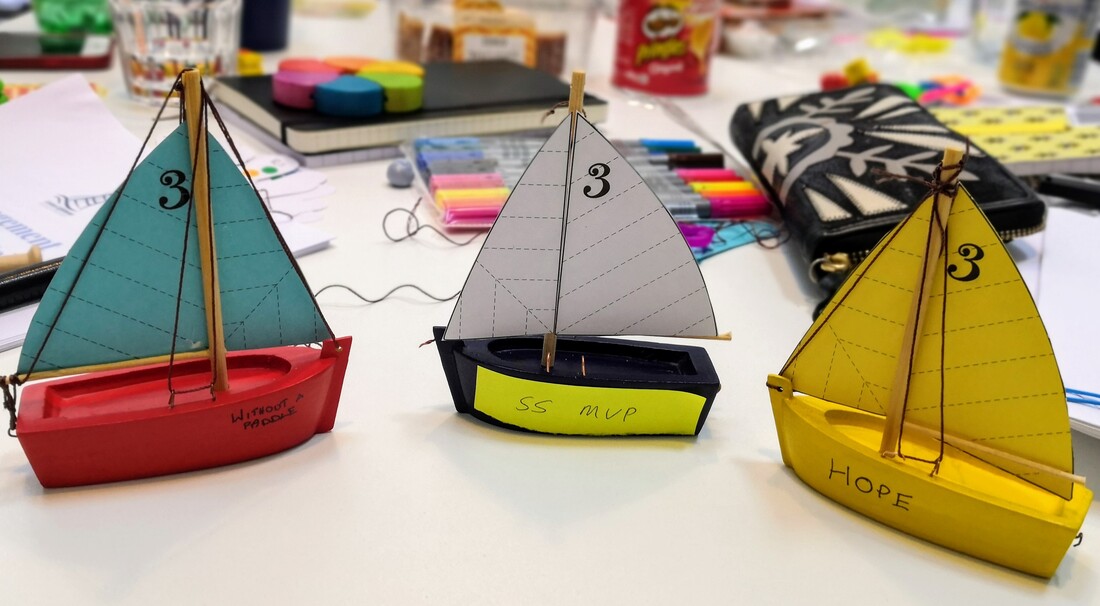
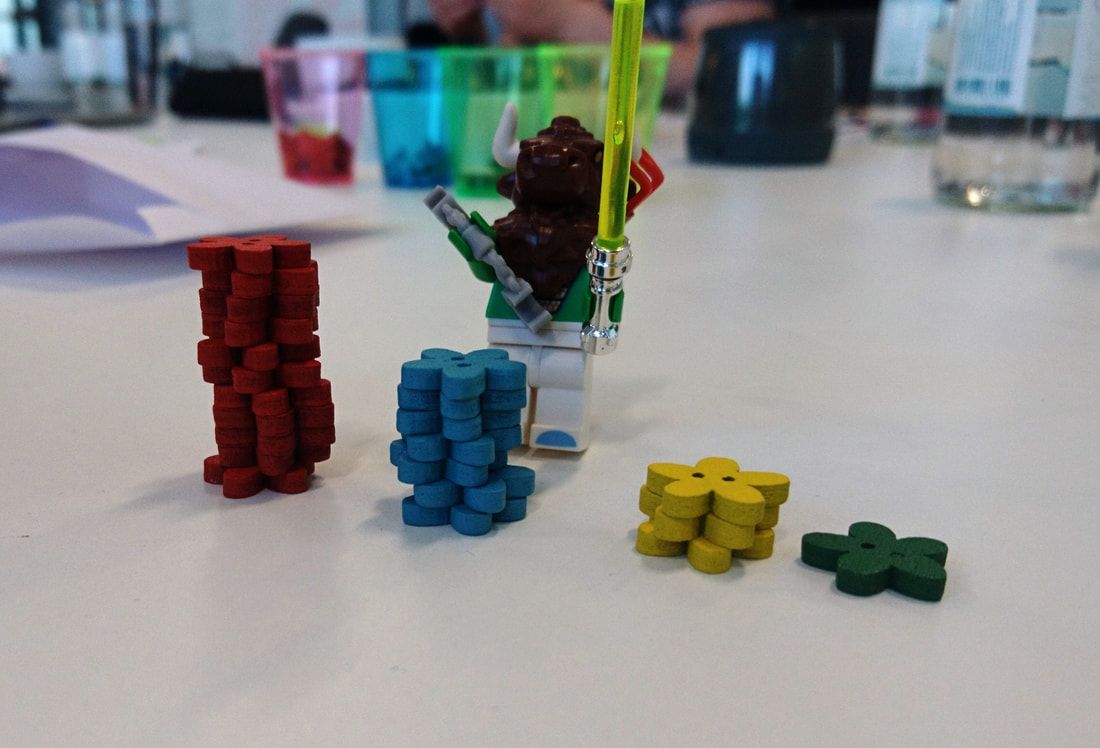
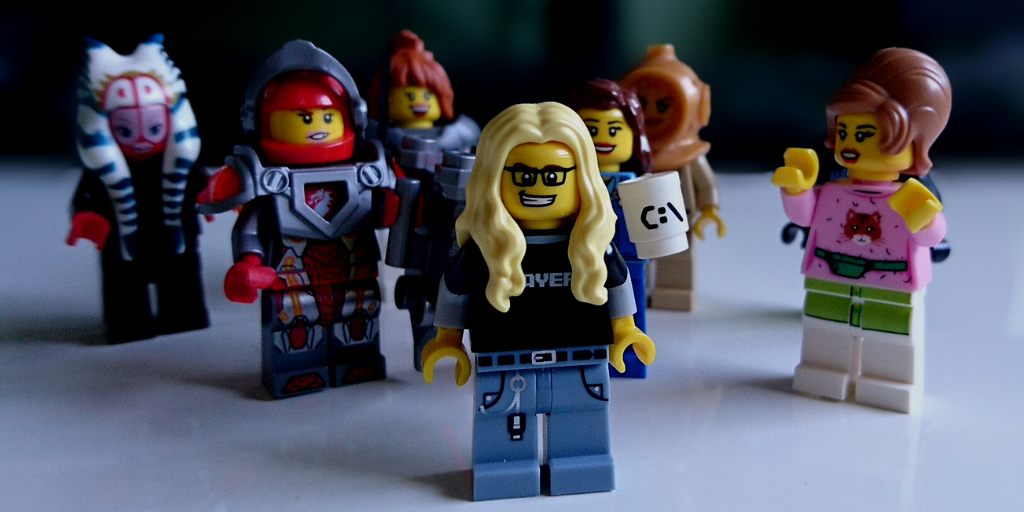
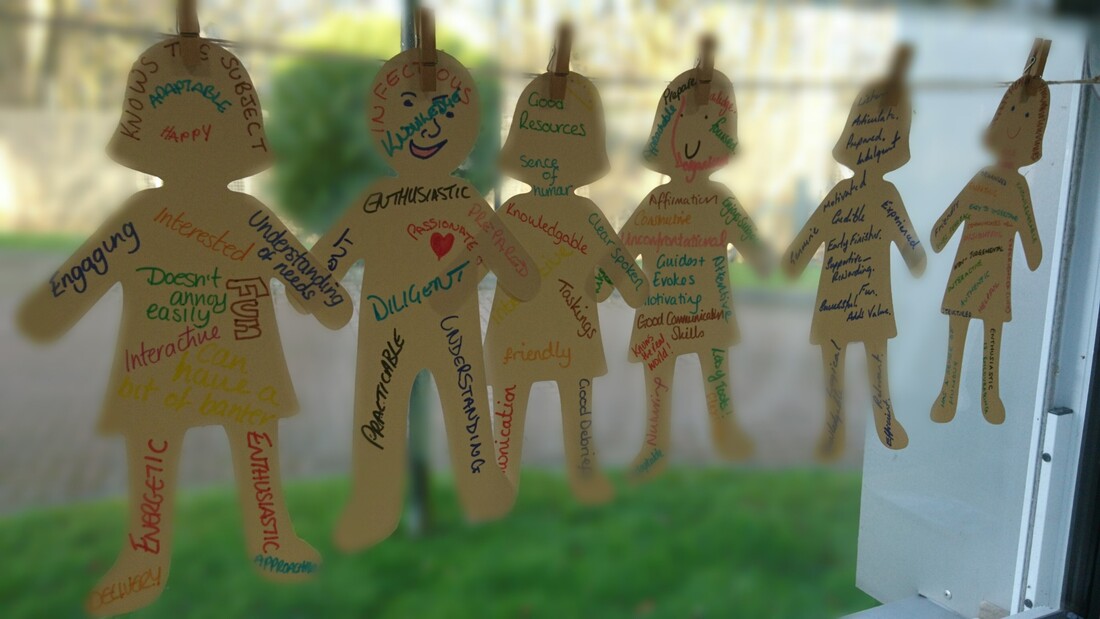
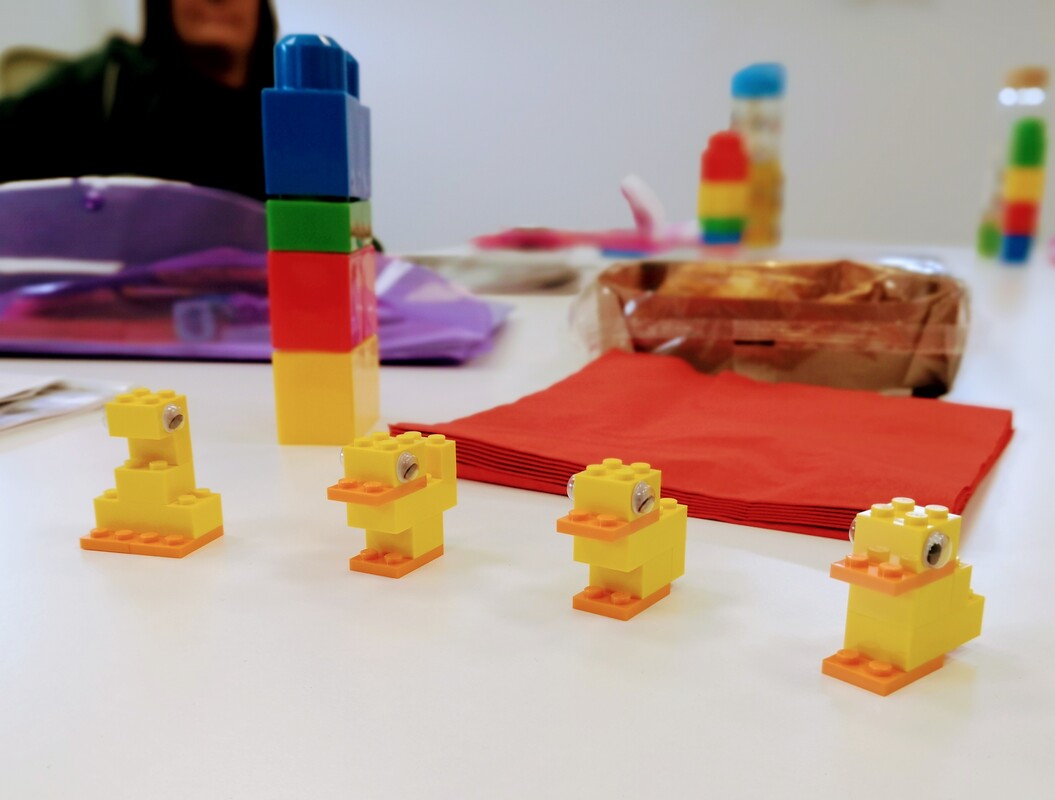
 RSS Feed
RSS Feed
